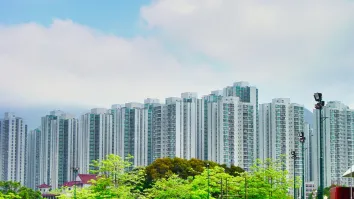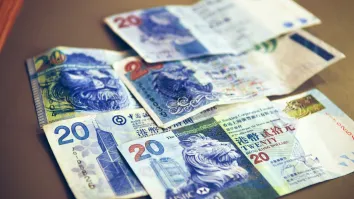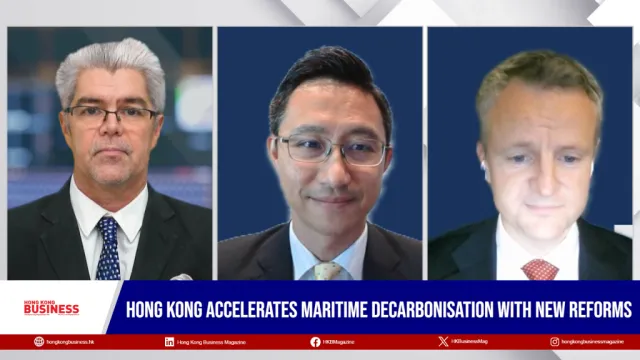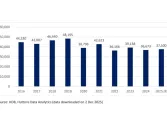
Link adds value in push vs extreme weather events
It cut insurance premiums by 11.7% after climate-proofing its properties.
Link Asset Management Ltd. (Link), the manager of Link REIT, is stepping up its climate resilience efforts to advance its sustainability agenda and generate added value after becoming one of Hong Kong’s biggest private solar power operators.
Asia’s biggest REIT by asset value has been paying lower premiums after deploying mitigating solutions against rain-related risks, such as flood barriers and gates, and drain maintenance at its various assets, Link Managing Director - Sustainability and Risk Governance Calvin Lee Kwan told Hong Kong Business.
“They actually recognized this and rewarded us with a 11.7% reduction in our insurance premium,” he said via Zoom. “By mitigating climate risks, we’ve been able to create new value through reduced insurance premiums.”
Kwan said the company reviewed their top properties by net property income across key jurisdictions, including Hong Kong, Singapore, Shanghai, Beijing, and Sydney, and assessed the key climate risks affecting them.
Link then deployed mitigation solutions tailored to each threat, quantified the lower risk, and communicated the results to its insurers.
Link recently co-published a white paper on sustainability-linked insurance with AXA Hong Kong & Macau (AXA) and Marsh.
“It establishes a blueprint for other organizations to follow in terms of how they might be able to create additional value for some of the sustainability efforts that they have in place,” Kwan said.
Link plans to roll out its climate resilience initiatives across its remaining portfolio, he said. It has 130 assets in Hong Kong, 12 in Mainland China, and another 12 across Australia, Singapore, and the UK.
“We want to have an asset-by-asset assessment, not just of the top income-producing ones, but of every property,” Kwan said.
“We will continue what we’ve done over the last few years and apply it across the entire portfolio.”
Link will also continue its decarbonisation push, with a focus on solar panels.
As of April, the company had installed 58 solar power systems across 53 properties with a capacity of 4,500 kilowatt-peak (kWp). Back in 2020, its installed capacity stood at just 1,500 kWp across 28 assets.
Link achieved scale by using light, counter-weighted or flexible solar photovoltaic modules, which are panels that don’t need strictly flat surfaces.
These panels don’t need to be anchored to the roof, which means they don’t affect the building’s structure or safety, and make installations easier.
“We don't have to do structural reinforcement of those rooftop spaces, or add additional structures in place,” Kwan said. “That ends up leading to better cost-efficiency and low installation and maintenance costs.”
The panel design fits its older buildings in Hong Kong, he pointed out. The company has invested about $78m in solar photovoltaic systems and is getting close to a 20% return.
Link calculated its return under the Hong Kong feed-in tariff program, which rewards producers of renewable energy by letting them sell electricity to the grid at premium rates.
According to Kwan, Link's sustainability initiatives can be categorized into two groups: those that protect and preserve value, and those that create new value.



















 Advertise
Advertise






